History
Many of the residents of central South Dakota dealt with water problems that were either expensive to remedy or could not be rectified. Because of these problems, it was requested by a group of people that the local water development board, Cendak Water Development District, later known as the Mid-Dakota Water Development District, investigate if there would be interest in doing something similar to the rural water system to the north, WEB Rural Water System. The board sponsored several hearings throughout the area and found that there was a great deal of interest, a steering committee was formed to help with the collection of good intention fees which was used to conduct a feasibility study which was completed by Dewild Grant Reckert and Associates, an engineering firm in Rock Rapids, IA.
A separate interim board (consisting of Susan Hargens, Orient; Earl & Marilou Briggs, Pierre; and Duane Aymar, Miller) was formed to set up the corporation, signing the Articles of Incorporation in December of 1987. They then formed a eleven-member board who would govern the new Mid-Dakota Rural Water System, Inc. The members of the eleven-member board were Chairwoman, Susan Hargens, Orient; Vice-Chairman, Eugene Warriner, Blunt; Secretary/Treasurer, Warren Porter, Highmore; Duane Aymar, Miller; Gerald Gregg, Harrold; Johnny Gross, Onida; Orville Haiwick, Highmore; Gerald Kutzler, Huron; Donald Olson, Huron; Morris Simon, Gettysburg; and Kermit Wulff, Gann Valley. The Mid-Dakota project was expanded to include Potter, Buffalo, Aurora, Sanborn, Jerauld, and a very small part of Kingsbury counties. The entire project now covers a 7,000 square mile area or approximately the size of the state of New Jersey.
The Mid-Dakota Water Development District, a taxing entity, was instrumental in getting the Mid-Dakota project off the ground. In the beginning, they helped to lobby the state and federal government and furnished the office and staff that worked with the project's directors to get federal authorization and funding. There was confusion with the district and the rural water system having the same name, so the district changed its name once again to become the Central Plains Water Development District.
In 1992, the staff, Board of Directors and steering committee all worked to collect hookup fees ($500.00 for household hookups, $350.00 for seasonal and pasture taps, etc.) There were over 100 signup meetings throughout the area and all the information collected was sent to Mid-Dakota engineers, Bartlett & West Engineers, Topeka, KS, to be placed in a final engineering study which was hand-delivered to Washington, DC. After this, the Mid-Dakota Rural Water System project was authorized in a bill signed by President George H. W. Bush entitled P.L. 102-575. In 1992, the board also expanded their number to 13 members by changing the make-up of the board from eleven rural directors to ten rural directors, two municipal at large and one director from the City of Huron. Duane Aymar, Miller had previously resigned from the board so the remaining ten rural directors stayed on; Dr. John Carr, Miller and Gene Robbennolt, Gettysburg were the municipal at large directors; and Doug Fosheim was the director from the City of Huron.
After authorization, Mid-Dakota would have the funding to pay their staff so the district turned the staff over to the project and worked out an agreement where Mid-Dakota staff worked for the water development district board for a period of time. Central Plains Water Development District is now headquartered in Pierre and has its own separate staff. Staffing for Mid-Dakota has grown from a Manager and Secretary to a staff of 28 in 2019.
Construction on the Mid-Dakota intake began in September of 1994 and the water treatment plant commenced in March of 1995. It was first believed that the project would be completed within a six year period, but with funding below the requested amount on an annual basis, actual completion wasn't until the year 2006 (double that time). In the span of 18 years, a problem was identified and with cooperation of many individuals working on the local, state, and federal levels, a solution was found and Mid-Dakota Rural Water System is that solution.
Cost - Initially, the Mid-Dakota was estimated to cost $108.4 million dollars. The funding package that was procured with the authorization of the project was $85 million federal grant, $15 million federal loan and $8.4 million state grant. Because of inflation, the numbers have risen and so did everyone's portion of the funding package. The state paid the grant they committed to but not before it rose to $9.67 million. The cost of the rural water system after completion was over $160 million dollars.
Water Source - Missouri River at Corps Bay north of Oahe Dam.
Area Served - Covering a land area of approximately 7,000 square miles including all of Hughes, Sully, Hyde, Hand, Beadle and parts of Potter, Faulk, Spink, Kingsbury, Sanborn, Aurora, Jerauld, Buffalo, and Davison counties.
Population - Mid-Dakota serves more than 32,700 people and is currently serving 14 communities as bulk customers, 2 community systems as bulk customers, 4,696 rural taps (includes individually served towns), 90 special user bulk customers, and 1,641 livestock taps.
Distribution - In 2012 the system had approximately 3,800 miles of distribution pipeline, 140 miles of mainline, and now 17 constructed storage tanks ranging in size from 100,000 to 2,500,000 gallons for a total storage of 12,185,000 gallons. The entire system has been installed using GPS and a state-of-the-art SCADA system allowing the monitoring of the entire Mid-Dakota system.
Treatment Process - The Oahe Water Treatment Plant uses technology called ultrafiltration consisting of submerged membranes. It is designed to process 13.5 million gallons per day (MGD), in 2012 the average output was near 5 MGD. Chlorine and ammonia are added to form chloramines, which is a longer lasting disinfectant. Fluoride is also added to aid in fighting tooth decay. The water has an average of 14.3 grains hardness and there is no softening of the water during the treatment process. The average temperature of the water going in is around 47 degrees while the water leaving the plant is around 50 degrees.

Earl Briggs
1987
-
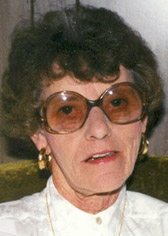
Marilou Briggs
1987
-

Susan Hargens
1987
-

Duane Aymar
1987
The original 11-member board:
-

Duane Aymar
1988-1992
Rural Director
-

Susan Hargens
Past Chair
1988-1995
Rural Director - District 3
-

Kermit Wulff
1988-1996
Rural Director - District 4
-

Gerald Gregg
1988-2001
Rural Director - District 2
-

Johnny Gross
1988-2001
Rural Director - District 1
-
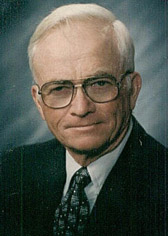
Orville Haiwick
1988-2003
Rural Director - District 3
-
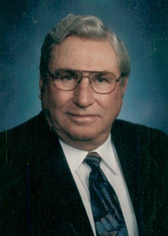
Morris Simon
Past Chair
1988-2005
Rural Director - District 1
-
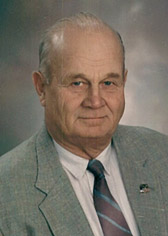
Donald Olson
1988-2005
Rural Director - District 5
-
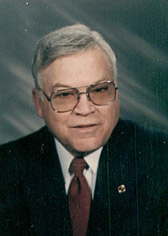
Eugene Warriner
Past Chair
Past Vice-Chair
1988-2005
Rural Director - District 2
-
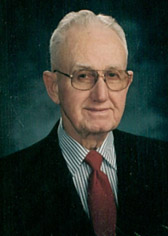
Warren Porter
Past Sec./Treas.
1988-2005
Rural Director - District 4
-
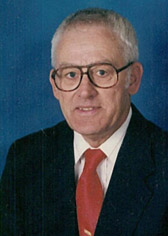
Gerald "Buzz" Kutzler
1988-2008
Rural Director - District 5
-

Doug Fosheim
1992-1993
Huron Director
-

Ron Volesky
1993-1996
Huron Director
-

Gene Robbennolt
1992-1999
Municipal at Large
-
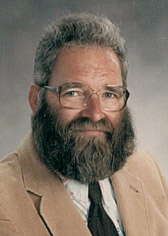
Henry Sinkie
1996-2004
Rural Director - District 4
-
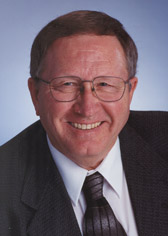
Lyle Zell
2003-2005
Huron Director
-
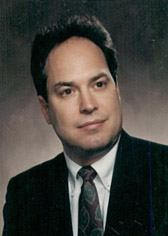
Dr. John Carr
1992-2005
Municipal at Large
-
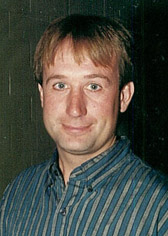
Tom Edgar
1995-2005
Rural Director - District 3
-
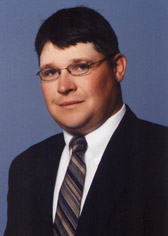
Wesley Wulff
2004-2007
Rural Director - District 4
-
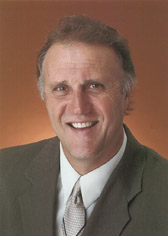
Dick Werner
2005-2009
Huron Director
-
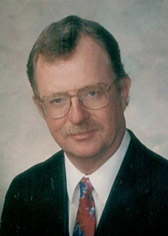
Lewis Robbennolt
2001-2009
Past Chair
Rural Director - District 1
-

Leslie Brown
2001-2011
Rural Director - District 2
-
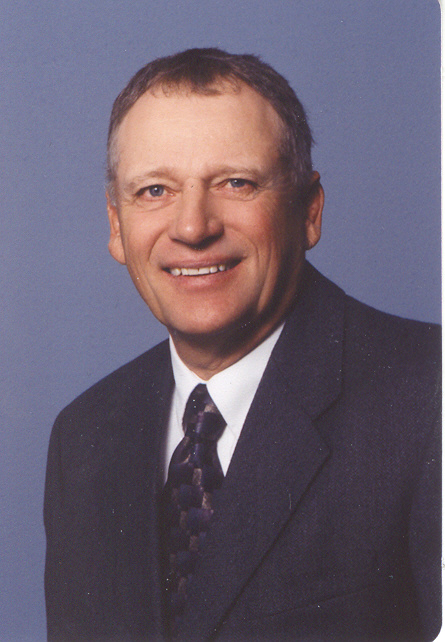
Gary Strasburg
2003-2014
Rural Director - District 3
-
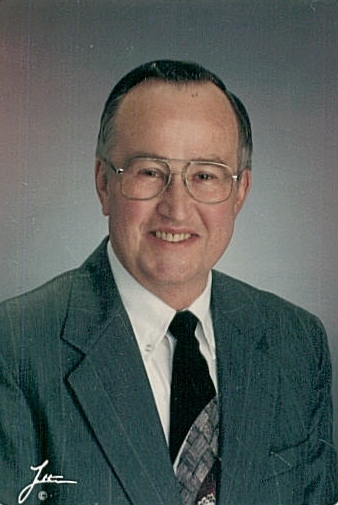
Robert Jones
Past Chair
1996-2014
Huron Director
-
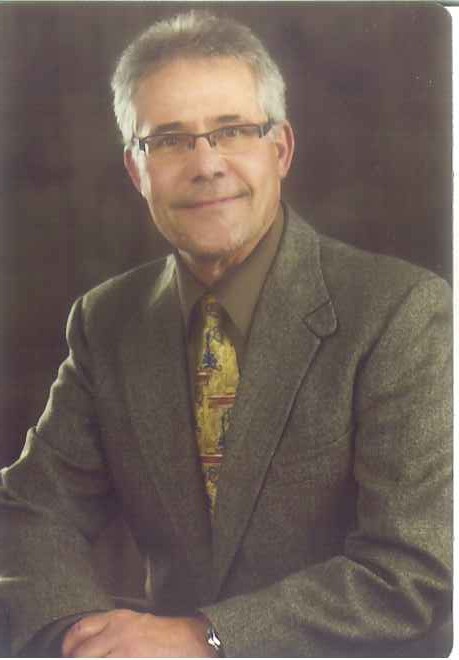
Bruce Venner
2011-2015
Rural Director - District 2
-
.jpg)
Scott Oligmueller
2014-2023
Rural Director- District 3